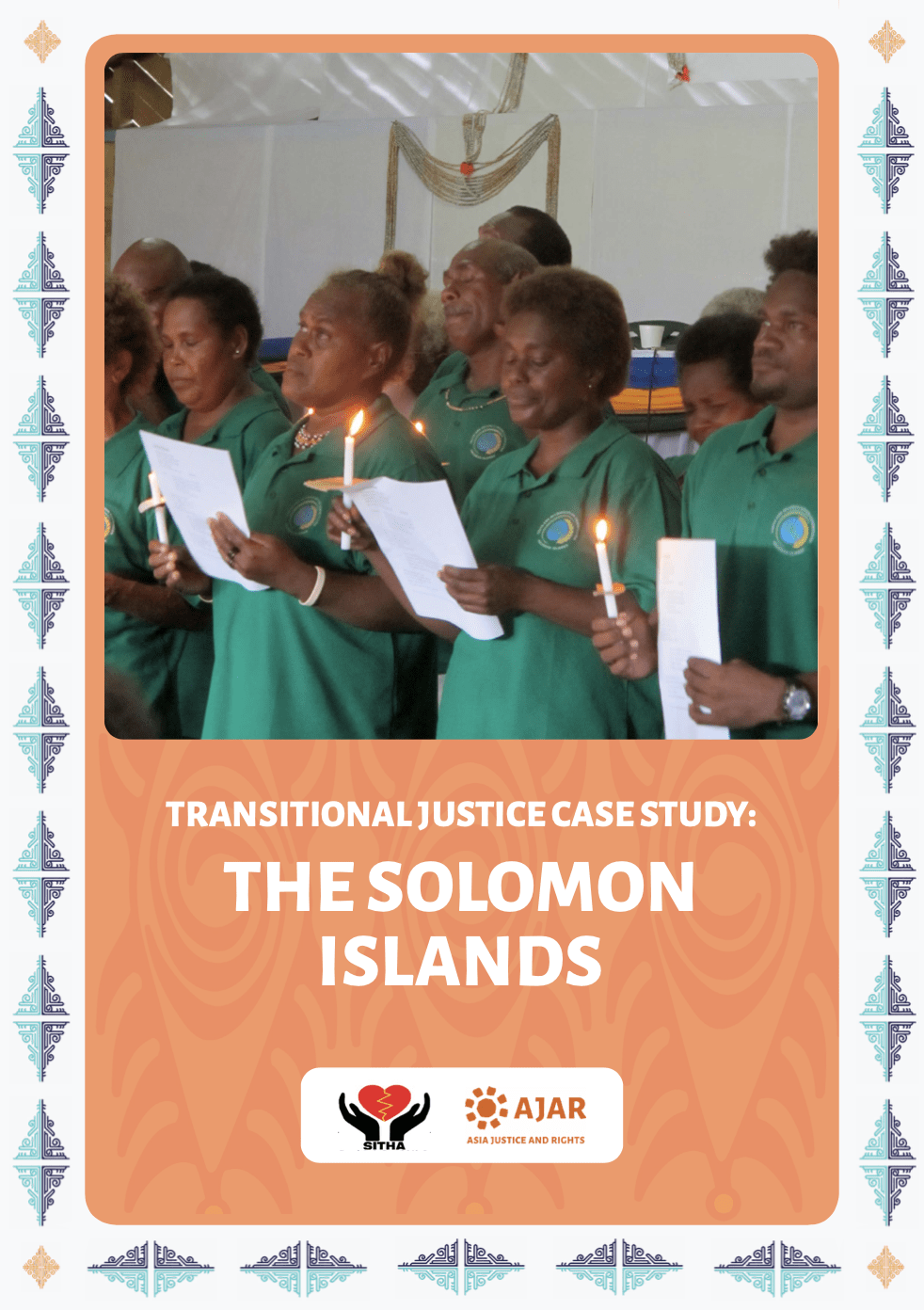The origins of the conflict in the Solomon Islands extend back to the early foreign arrivals and colonial history. Early British trading settlements were largely focused on one island, Guadalcanal which saw a higher level of prosperity and economic opportunity than on other islands. The British also installed a highly centralised system of government in Guadalcanal. The more decentralised, traditional systems of governance and dispute resolution were largely ignored, giving rise to significant opposition.
As a result of this uneven development, settlers from the nearby island of Malaita and other areas travelled Guadalcanal in search of economic opportunity. Some settled on vacant land without any legal rights. Others were ‘sold’ the rights to land by village representatives who did not have the permission of communal owners. The British colonial administration gave the right to the vast majority of plantation land near the coast to foreigners. The mass migration, squatting and settlement by those from Malaita and other islands led to an increasing amount of unrest among the traditional residents of Guadalcanal.
They made formal representations to the government, demanding a level of autonomy and return of the settlers among other issues. When the government repeatedly failed to take any effective action, local militant groups formed and began to attack settlers from Malaita. In response, the Malaitans formed an armed militia group and conflict between the groups escalated. The Solomon Islands had no military forces and many police became involved in the conflict, joining with those who belonged to the same ethnic group.
With relatively low levels of discipline in the armed groups, the struggle over migration and political rights quickly descended into widespread criminal acts of killing, rape, torture and the burning of houses. Finally, a regional peace-keeping force (Regional Support Mission to the Solomon Islands, RAMSI) led by Australia, deployed military, police and civilian support which helped restore law and order. The transitional justice mechanisms that were employed to deal with the mass violations included:
- Hundreds of reconciliation proceedings involving traditional ceremonies in villages;
- A full Truth and Reconciliation Commission that operated for more than two years with three national and two foreign Commissioners;
- Scores of trials of militant leaders in the national courts using the national criminal laws but presided over by foreign judges (the ‘tension trials’);
- A failed attempt to provide reparations and implement a DDR program through borrowing USD 25 million which was largely squandered and stolen through corruption;
- Recent attempts to make progress on reparations for victims and DDR through the government’s adoption of two new policies, one to establish a Commission of Conflict Prevention and Victims’ Rights and another to settle outstanding claims of militants (DDR).
